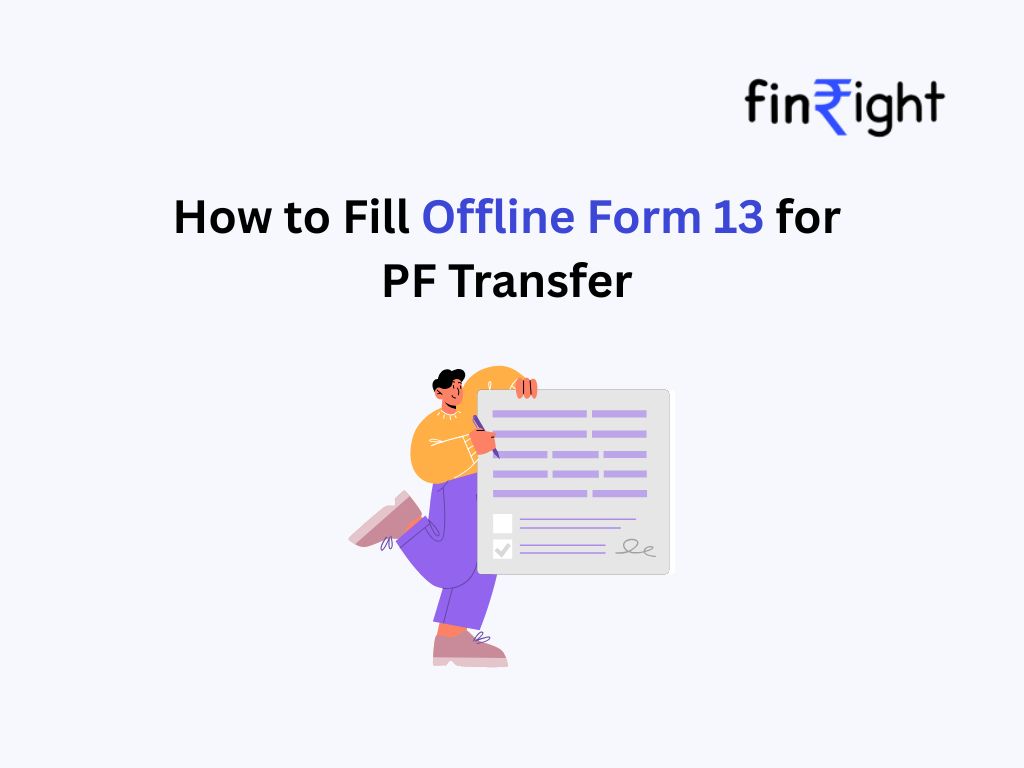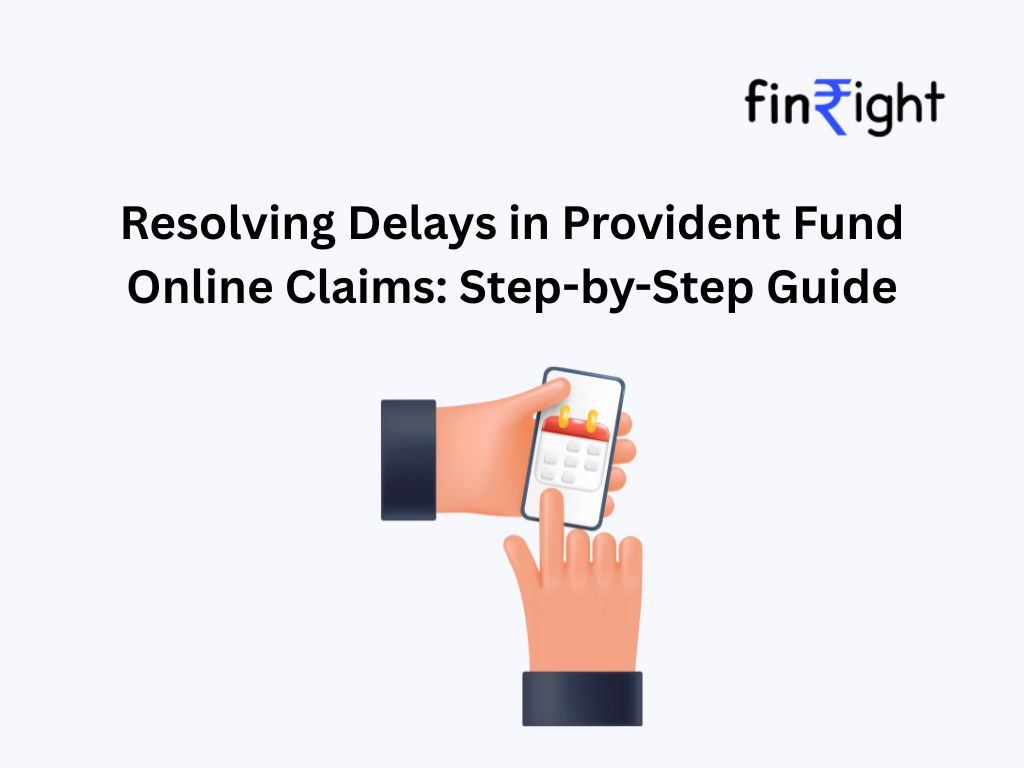Why You May Get Less Than You Contributed
Many salaried employees assume they can withdraw the full Employee Pension Scheme (EPS) balance if they leave before 10 years. But in reality — you may get lesser than what was contributed. Here’s why.
Quick Recap: What Is EPS?
- Part of your Provident Fund known as the Employee Pension Scheme.
- 8.33% of your employer’s EPF contribution goes to EPS (max ₹1,250/month).
- Monthly pension eligibility only after 10 years of service.
- If you leave before 10 years, you can withdraw EPS.
How EPS Withdrawal Is Calculated
When withdrawing before 10 years, EPFO uses this formula:
Withdrawal = Proportion Factor × Last EPS Wage
- Proportion Factor is based on total years of service (see table).
- EPS wage = last drawn Pensionable salary (capped at ₹15,000).
- You get whichever is lower — this formula OR your actual EPS balance.
Proportion Factor Table (Illustration)
| Years of Service | Proportion Factor |
| 1 | 1.02 |
| 2 | 1.99 |
| 3 | 2.98 |
| 4 | 3.99 |
| 5 | 5.02 |
| 6 | 6.07 |
| 7 | 7.13 |
| 8 | 8.22 |
| 9 | 9.33 |
📉 Why You May Receive Less Than Contributed
- Final EPS wage was lower (e.g., early exit, part-month work).
- You worked with multiple employers — EPS balance not fully visible.
- EPFO calculates payout using formula due to missing EPS passbook across employers.
Case Example: ₹74,375 Contributed, ₹37,650 or ₹29375 Received
Scenario:
- 5 years service (3+2 years across two companies)
- Regular EPS wage: ₹15,000 → monthly EPS: ₹1,250
- Last job: Early exit → final EPS wage: ₹7,500
| Detail | Amount |
| Total EPS Contribution | ₹74,375 |
| Final Month EPS Wage | ₹7,500 |
| Formula-Based Payout | ₹7,500 × 5.02 = ₹37,650 |
| Actual EPS Payout (option 1 if calculated through proportion factor) | ₹37,650 |
| Loss from Contributions | ₹36,725 |
| Actual EPS payout (option 2 if the EPFO disbursed only the current company amount) | ₹29,375 |
Despite contributing for 5 years, you lose over ₹36,000 or even more — purely because of the formula.
Why Does EPFO Use the Formula?
Even with a centralized system, your EPS payout is not always based on your actual contribution. Here’s why:
1️⃣ Employer-Level PF Offices Can’t See Full EPS Contributions
Each employer’s PF office only sees:
- Your total service duration under each establishment
- Your final EPS wage
They can’t see your total EPS contributions across jobs.
So, when you raise a claim:
- The local PF office fills in the claim using a standard formula:
Proportion Factor × Last EPS Wage - They forward the claim to the central EPFO system (Delhi) for processing.
2️⃣ Central Office Can See Actual EPS Balance
Once the claim reaches the central system, it can view:
- Full EPS contribution history
- Actual EPS balance across all employers
The Real Catch: No Consistency in EPS Payouts
💡 Even though the central EPFO system can see your full EPS balance, claims are not always settled the same way.
In some cases:
- EPFO pays based on the actual EPS balance (even if higher than the formula).
But in other cases: - The claim gets settled using the formula-based amount which is actually lower than the actual balance, or even rejected altogether due to an amount mismatch.
There’s no official clarity on why different outcomes occur for similar cases — and this inconsistency is one of the biggest reasons people lose money or get stuck during EPS withdrawal.
Why Doesn’t the EPFO Just Pay the Full Balance?
Because the claim form doesn’t allow you to specify the EPS amount you want.
And without a complete, accurate service record visible at the local level, the system defaults to the formula — assuming that’s the fair estimate of your pension entitlement.
This is why so many employees lose money in EPS withdrawals.
Why EPFO Uses This Method
- Local PF office can see your service history but not full EPS contributions.
- So, they apply the proportion factor × final wage formula.
- The claim goes to the central EPFO system, which:
- Pulls your actual EPS balance.
- Either rejected or the payment is less.
How to Protect Your EPS Payout
✅ Ensure Date of Exit is updated for all jobs.
✅ Collect Annexure K after each PF transfer (it includes EPS data).
✅ If final salary is low, delay withdrawal or take a Scheme Certificate.
If need help visit us at Finright.in
Final Word
EPS is built for long-term pension — not early withdrawal.
📌 If you exit before 10 years, your payout depends more on your last salary than total contributions.
Understand the rules, check your documents, and make informed choices — or take expert help to ensure you don’t lose your hard-earned money.





